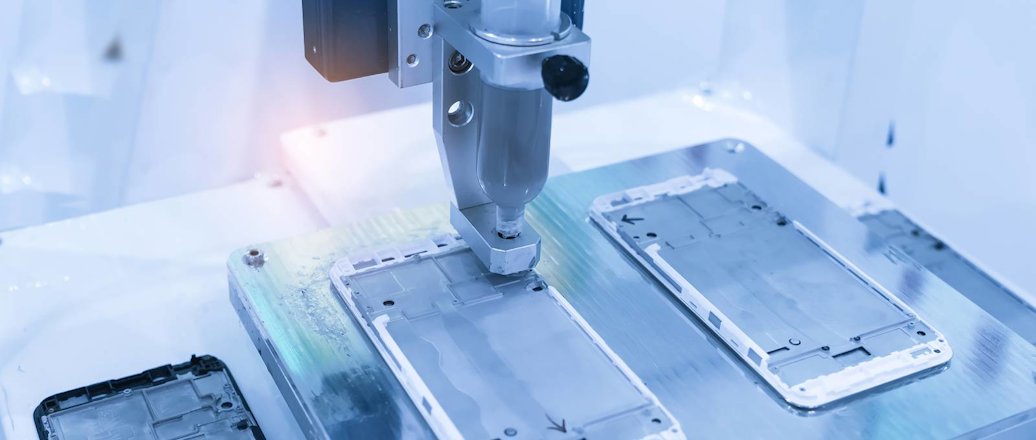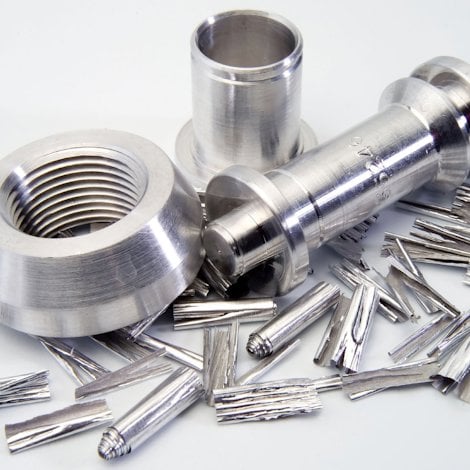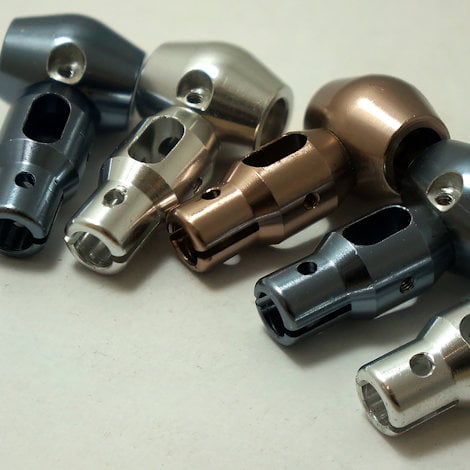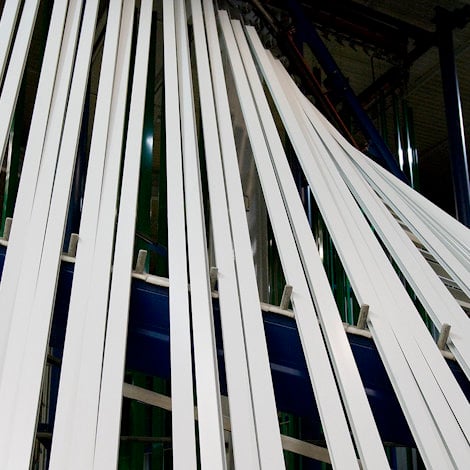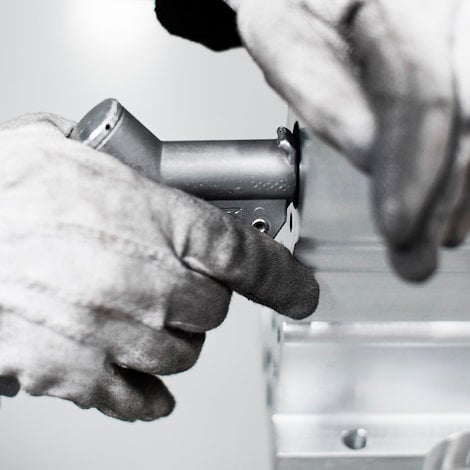Understanding adhesives for durable bonding in industrial design
Probably the main difference between bonding and joining methods such as soldering and welding, is that the filler material in bonding is a plastic rather than a metal. Which adhesives are best suited for your product design? How can you design for adhesive bonding?
Adhesives are used to bond load-bearing structures in aircraft, even double-sided sticky tape – tape! So yes, adhesives can work pretty well. But there are many different types of adhesives, and as a designer, you should know the differences.
Bonding offers wide possibilities in a very broad area – and the process is really not that difficult. Not simple, but not that difficult. You still need to design the joint with knowledge of the basic factors that are going to affect its strength and service life.
Good liquid properties for better bonding
Let me begin with an example related to aluminium: Bonding can take place when the adhesive and the aluminium to be bonded is closer to each other than 0.5 nm (1 nm = one millionth of a millimeter). This is only possible if the adhesive wets the appropriate surface – or surfaces – and that it spreads and “penetrates” to fill the gaps and dips in the surface.
Wetting occurs when the adhesive has a lower surface tension than the surface that has to be wetted.
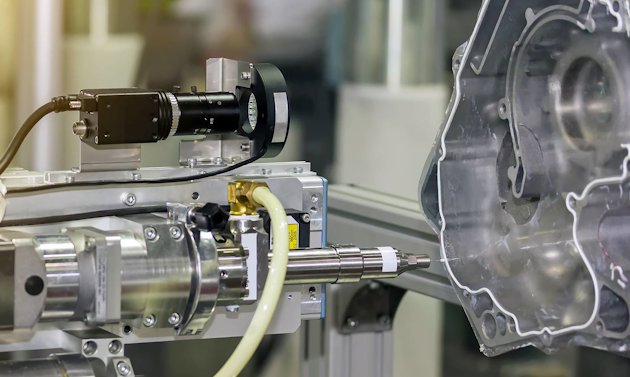
Designing for durable bonds
Now let’s look at the adhesives.
All adhesives are viscoelastic. From the point of view of loads, they are more open to the influences of temperature and time than metals. Consequently, for an adhesive, it is not possible to set fixed values for a large number of strength parameters, such as modulus of elasticity and creep strength. These values differ even with relatively small temperature differences. They also depend on the rate of deformation.
Here is my attempt at ranking adhesives according to the durability of the finished bonds at various temperatures, from the most to the least temperature-sensitive types:
- Thermoplastic hot-melt adhesives
- Double-sided sticky tapes
- Thermoplastic adhesives, drying
- Elastomers (rubber, contact adhesives)
- Curing elastomers
- Curing hot-melt adhesives
- “Environment-curing” adhesives
- Two-component adhesives that cure at room temperature
- The same two-component adhesives, but heat-curing
- One and two-component adhesives that require heat curing
- Curing adhesive films, heat-curing, 125 – 175°C
Because the spread within these groups is wide, you should pay close attention to the data sheets of each adhesive. And if these do not provide all the answers, then take the time to carry out supplementary testing.
Interested in learning more?
Check out this Adhesive bonding of aluminium handbook

